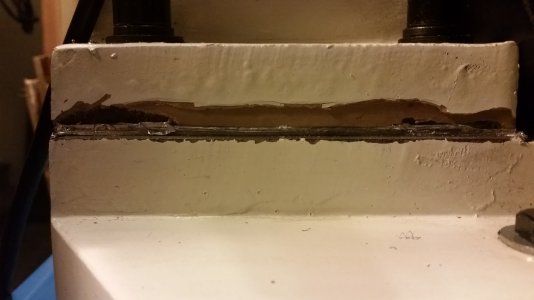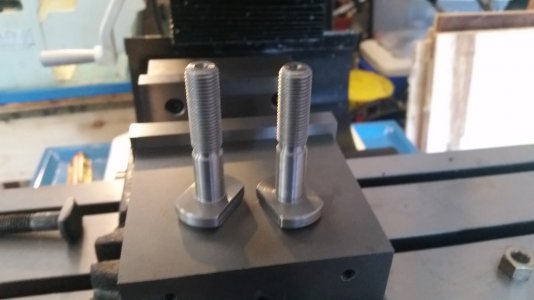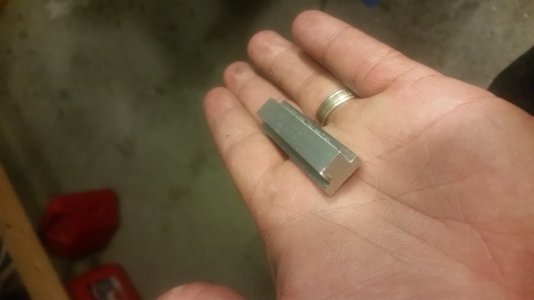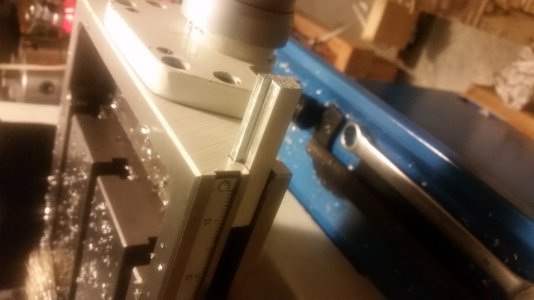JR49, your assumption is correct that these things "should" be manufactured perfectly square, but the reality is, they typically aren't perfect. What you have to understand initially are what the constants are and what is adjustable. The constants are the travel of the head up and down the column via the dovetail ways, and the travel of the table front and rear (Y axis) and left to right (X axis). Those are the things we cannot change. What we can change / adjust are the alignment of the head / spindle along the X axis by means of loosening the bolts and rotating the head, the "nod" of the head (possibly by shimming between the head and the carriage assembly, but I wouldn't recommend that unless absolutely necessary since the shims could slide out of place when the head is roatated. Also, the nod would be off if the head was rotated anyways as the shim location would be dependent on the rotational position of the had in relation to the head carriage), and the other thing we can adjust is the column alignment by means of shimming between the column mounting flanges and the base itself. Like compsurge stated, the relative tightness or looseness of the gibs will affect the alignment of the head as well. When the gibs are tightened, it pulls the head into tight alignment with the dovetail ways. When they are loosened, gravity wants to pull the head down and away from the column.
Anytime we check alignment, the gibs must be tight. In a perfect scenario, I suppose you could get crazy technical and utilize a small torque wrench to insure that each time you lock down the gibs, the torque is identical. But, that is overkill for me. Now that we have assumed the gibs will be tight each time we make an adjustment, we focus on adjusting the head in the X axis. Just like in the video from Hoss machine that we posted already, we check the runout of a shaft with the head low and then raise it up and check it again. As long as the run out is centered over the "0" mark in both cases, the spindle is running true to the column travel. All you have to do is to see which way the run out is off and adjust the opposite way. I would suggest using one end as the "0" end and the other as the relative end to be measured. For me, I used the top of the shaft, close to the collet, as my "0" end. Then I raised the head up approx. 6" and measured the run out at the bottom of the shaft. Then you simply loosen the head bolts, rotate the head as needed (keep the indicator on the shaft and use this to guide your rotational efforts), and then lock the head back down. Then go back to your "0" end, reset your "0" as it will be off now, and then run the head back up and check the runout again. Keep in mind, each time you move the head, before you measure anything, you have to tighten the locking gibs down to insure the head is in tight alignment with the dovetail ways.
So, now we assume that the head has been aligned to the column. For me, I ended up putting an indicator in my spindle and held in place with a collet. Then I bring the indicator down to the table and zero it at the edge of the table closest to me. The as you rotate the spindle, you can observe and record the readings. Most likely, you will have a high reading on one side and a low reading on the other side. Then you loosen you column and shim between the column flange and the base to get the whole column and head to tilt towards the side of the table with the low readings. This is where you would do any tweaking to the Y axis in addition to the X axis. Once you get the indicator reading "0" all the way around the table, call it good, grab a cold beer, and pat yourself on the back.
Then, make some friggin chips!!





